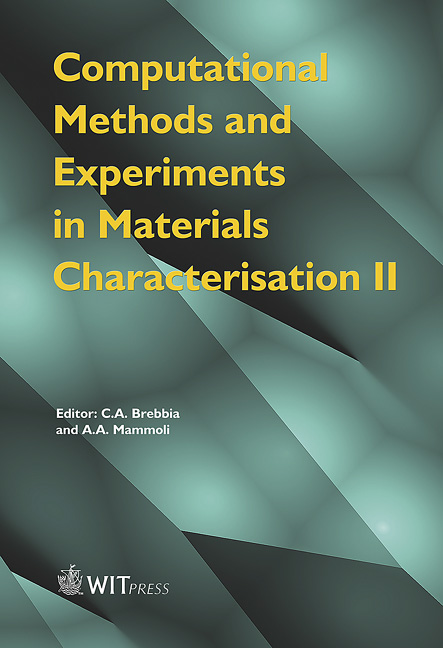Characterization Of Brake Pad Friction Materials
Price
Free (open access)
Transaction
Volume
51
Pages
8
Published
2005
Size
809 kb
Paper DOI
10.2495/MC050051
Copyright
WIT Press
Author(s)
G. S. Darius, M. N. Berhan, N. V. David, A. A. Shahrul & M. B. Zaki
Abstract
Due to health-related problems as well as the requirements for better quality products, many material formulations for high performance asbestos-free materials are being introduced in Light Rail Transit (LRT) brake pads. This paper reports four new formulations of brake friction materials, which are made using the following ingredients: Resin, Iron oxide, Steel fiber, Ceramic fiber, Organic fiber, Magnesium Oxide, Aluminium Oxide, Barium, Sulphur, Graphite, Rubber, Novacite, Nipol and friction dust. Values of Hardness, Specific Gravity and Transverse Rupture strengths of these formulations are reported. The friction and wear test results of these formulations viz., A, B, C and D are included. The effects of physical properties, mechanical properties and morphology of the formulations on their friction and wear behavior are discussed. Scanning Electron Micrographs (SEM) and EDAX analysis of a formulation is included. It is found from the analysis that formulation B possesses better friction and wear properties compared to the other three formulations. Keywords: characterization, friction materials, brake pad, wear rate, SEM, EDAX, physical properties, Light Rail Transit. 1 Introduction Light Rail Transit (LRT) is an emerging mode of public transportation in Malaysia. Currently there are three commercial LRT Operators namely, STARLRT, PUTRA-LRT and KL Monorail, which provide commuting service in and around Kuala Lumpur. The braking systems of all these LRT trains incorporate
Keywords
characterization, friction materials, brake pad, wear rate, SEM, EDAX, physical properties, Light Rail Transit.





